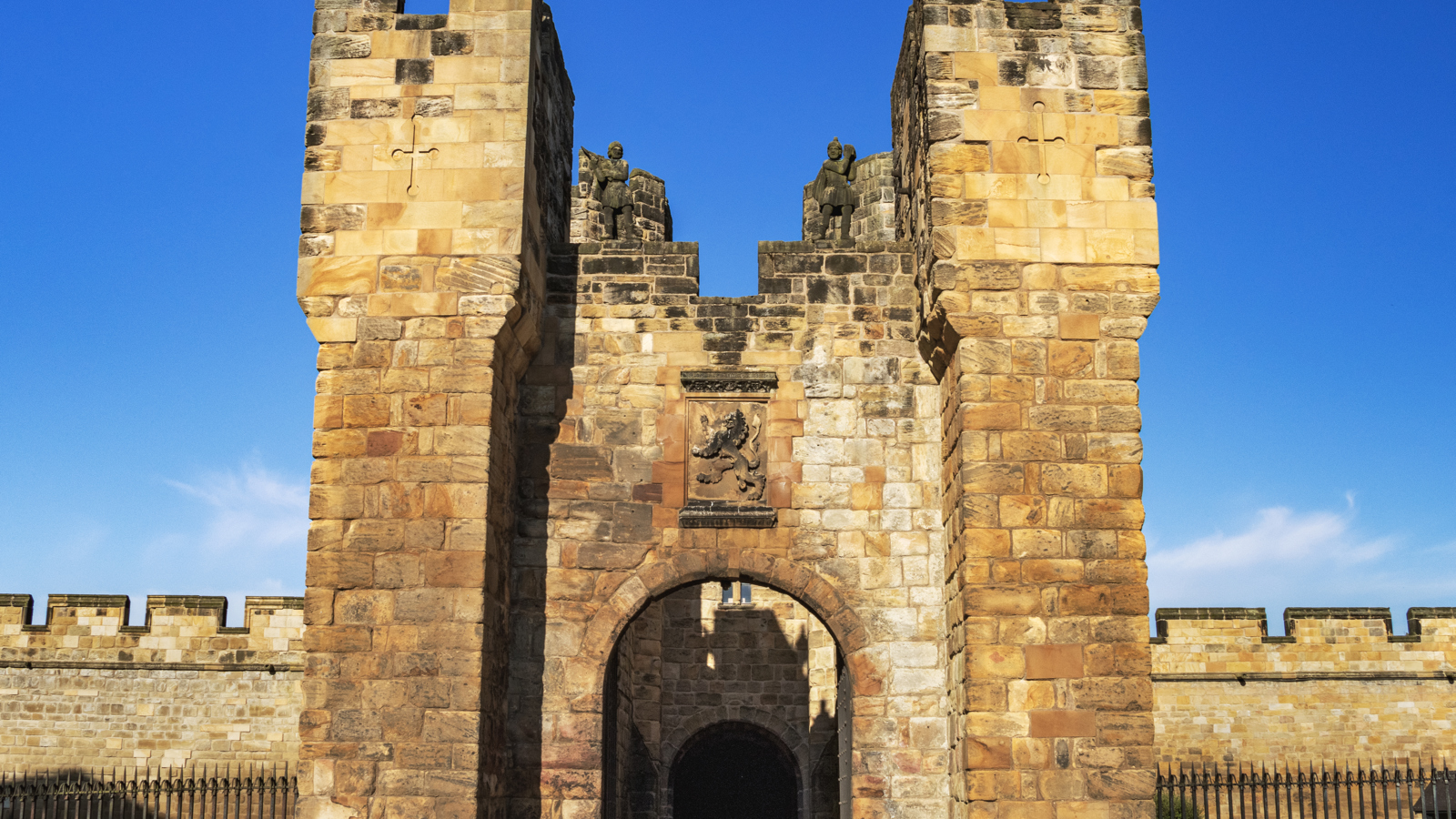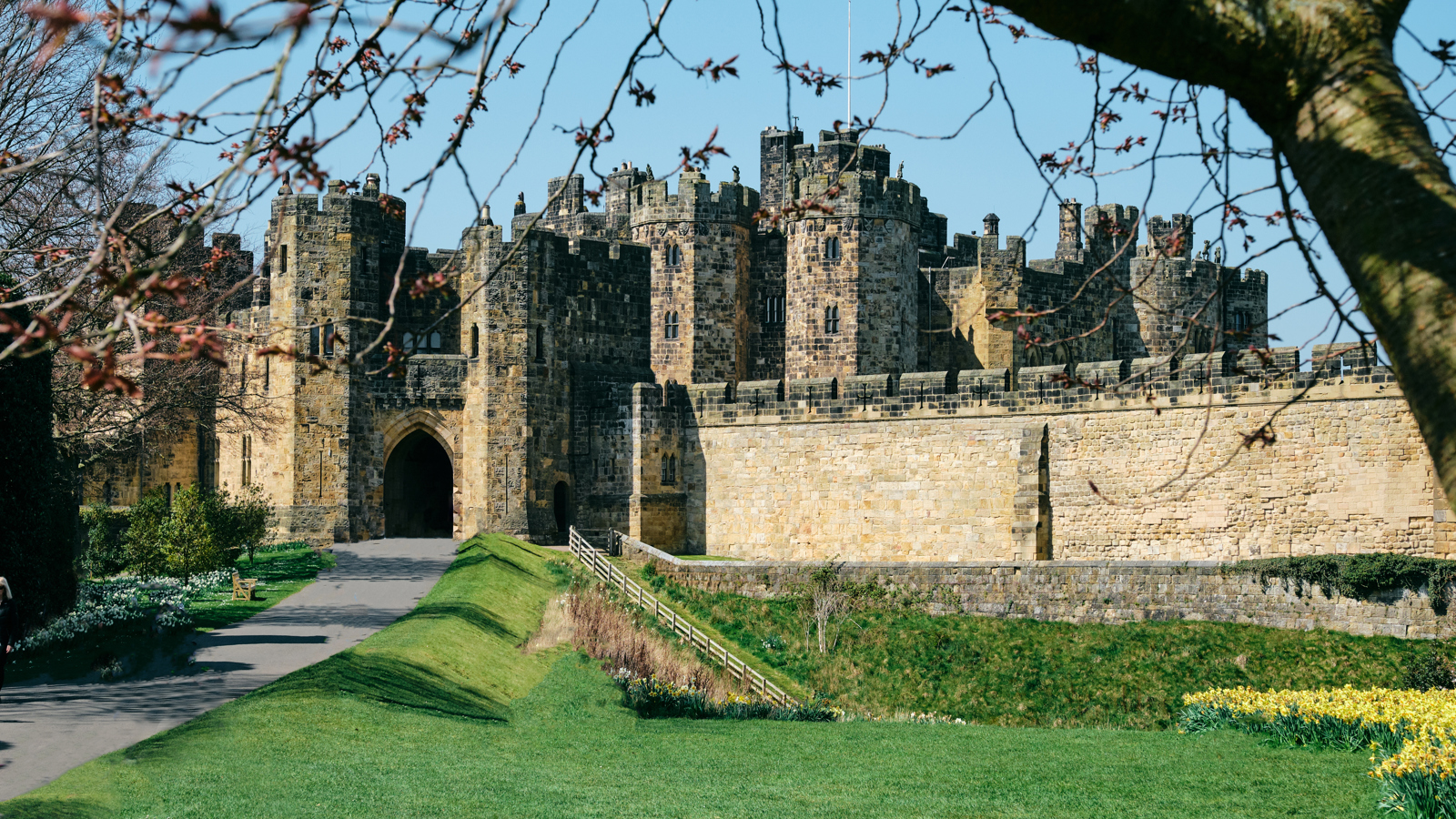Alnwick Castle Grounds
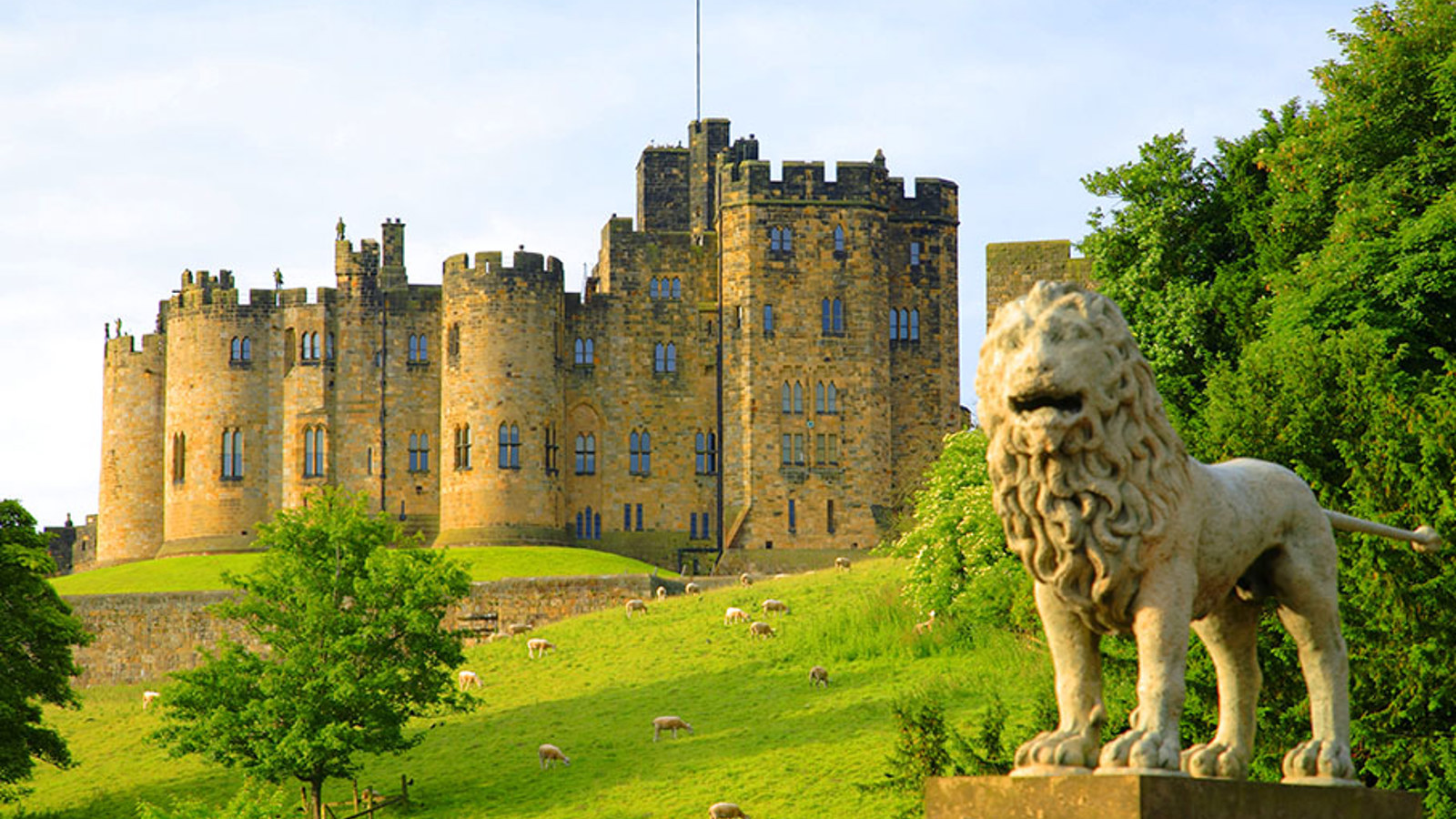
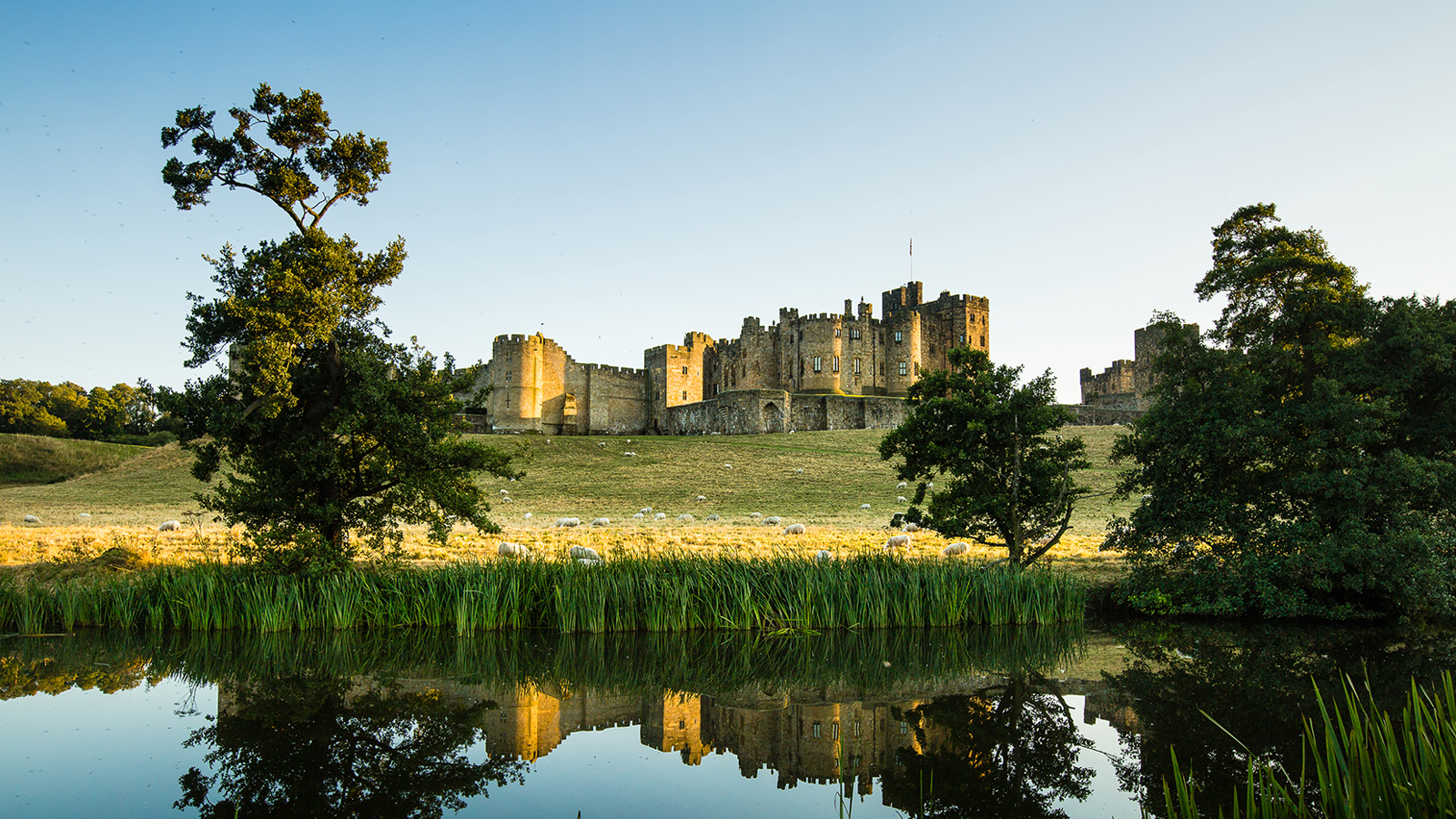
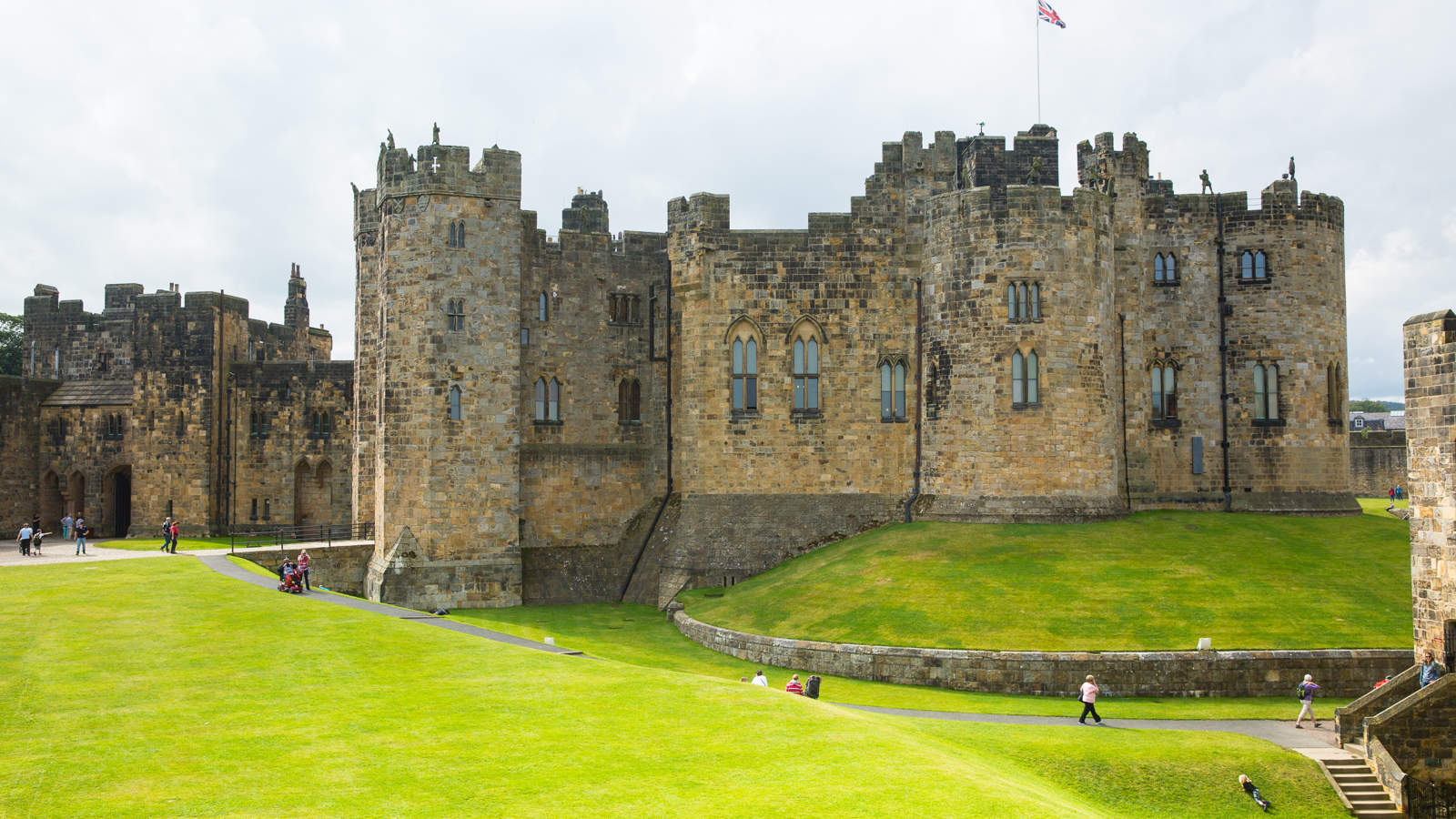
The North Demesne
Landscaping Alnwick Castle
In the 1700s, the Duke and Duchess of Northumberland hired famous gardener Capability Brown and Thomas Call to redesign the land around Alnwick Castle. They smoothed the ground, planted thousands of trees, and reshaped the River Aln to reflect the castle. New roads, bridges, and gentle cascades were added. The Lion Bridge, built in the 1770s and topped with a Percy family lion, still stands today.
The Gun Terrace
Built in the 18th century, the Gun Terrace was designed as a viewpoint to enjoy the new landscape. Parts of the castle wall were removed to open up the view. Cannons from the 1700s and 1800s gave the terrace its name. At the far end stands the Falconer’s Tower, bearing a Victoria Cross in memory of the 5th Duke’s son—his sword is displayed in the castle’s State Rooms.
The Pastures
The Pastures, the grassy area north of Alnwick Castle, were shaped in the 1700s by Capability Brown to create sweeping views and peaceful reflections of the castle in the River Aln. Over time, the area has hosted many events, including a World War I training camp, the Olympic torch relay in 2012, and the town’s annual Shrove Tuesday football match, where the game begins with the ball being thrown from the castle walls.

The Baileys and Courtyards
The Baileys
The Inner and Outer Baileys are key areas of Alnwick Castle. The Inner Bailey, at the heart of the castle, holds the keep and entrance to the State Rooms. In medieval times, it included a brewhouse, bakehouse, and chapel—traces of which can still be seen today. The Outer Bailey, next to the main Courtyard, once housed the Exchequer House and stables for up to 160 horses. Today, it’s best known as the setting for broomstick lessons in Harry Potter and the Philosopher’s Stone.
The Courtyards
The courtyards of Alnwick Castle were once the centre of daily activity in this medieval fortress. Surrounded by defensive walls and towers, they connected key areas like the Inner and Outer Baileys, the keep, and service buildings such as stables, kitchens, and storehouses.
The Inner Courtyard, now the entrance to the State Rooms, features Norman-era details. In the 18th and 19th centuries, more courtyards were added for stables and coach houses—today, they host the Courtyard Café, gift shop, and Artisans Courtyard.

